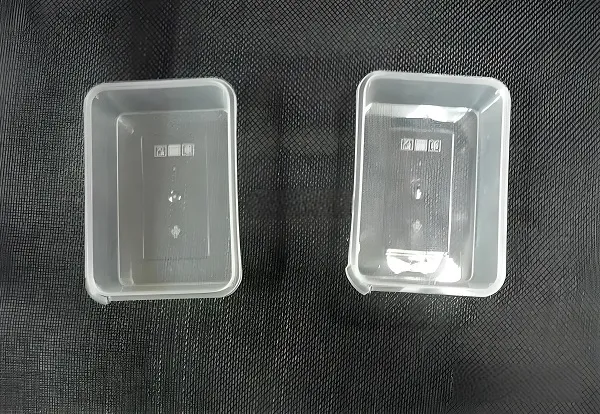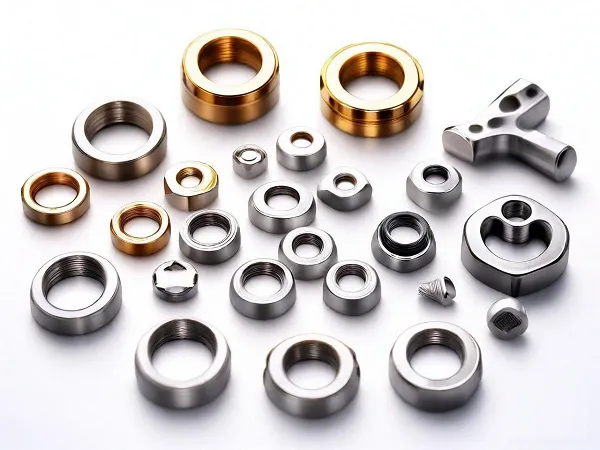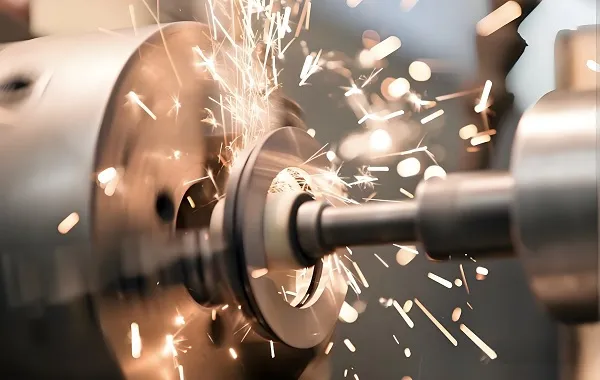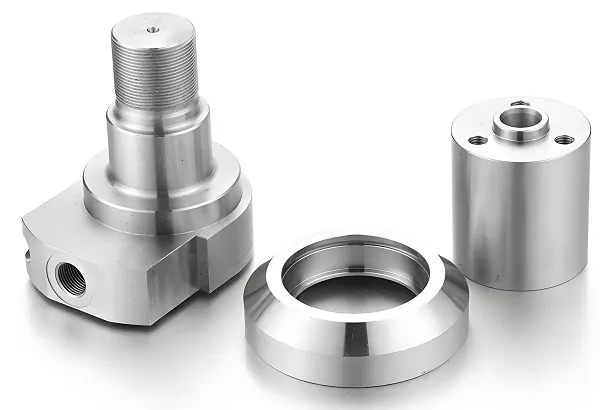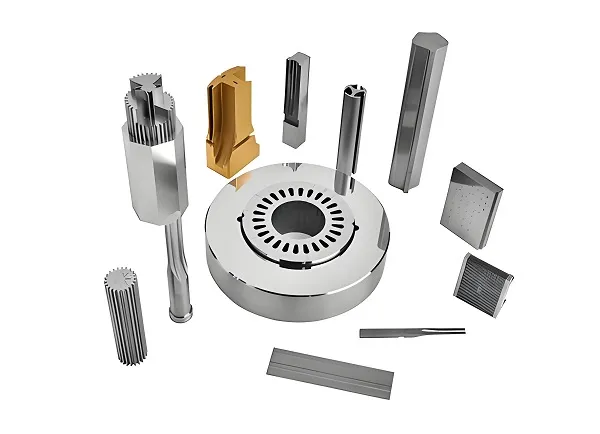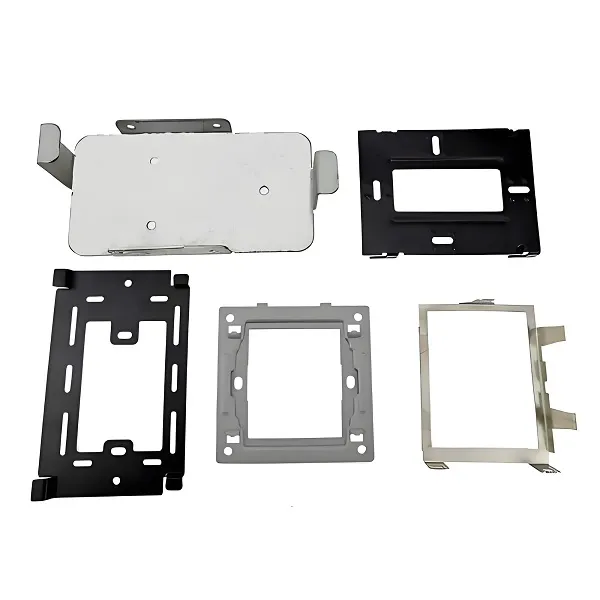Abstract: This paper focuses on the topic of customized CNC machining aluminum parts, elaborating in detail the characteristics, advantages, and challenges of aluminum parts in CNC machining. It deeply discusses the key technologies in the customized processing process, such as process planning, tool selection, and cutting parameter optimization, and analyzes its application in different industries combined with practical cases. Finally, the future development trend of customized CNC machining aluminum parts is prospected.
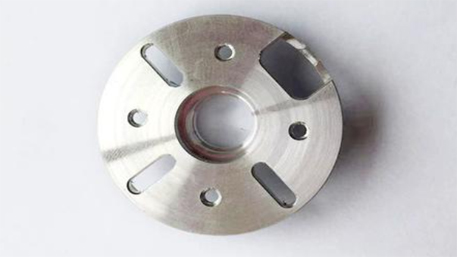
I. Introduction
In modern manufacturing, aluminum has become one of the widely used metal materials due to its good physical and mechanical properties, such as low density, high specific strength, good electrical conductivity, and thermal conductivity. With the increasing market demand for product personalization and high precision, the importance of customized CNC machining aluminum parts is increasingly prominent.
II. Characteristics and Advantages of Aluminum Parts in CNC Machining
(1) Material Characteristics
The low density of aluminum makes the processed parts lightweight, suitable for fields with high requirements for lightweight, such as aerospace.
Good thermal conductivity helps to dissipate heat quickly during processing and reduce thermal deformation.
(2) Processing Advantages
Aluminum has good cutting performance, which can reduce tool wear and improve processing efficiency.
It can achieve complex shapes and high-precision processing requirements.
III. Key Technologies of Customized CNC Machining Aluminum Parts
(1) Process Planning
According to the structure and functional requirements of the parts, formulate a reasonable processing process route, including rough machining, semi-finishing, and finishing.
Consider the distribution of processing allowances to ensure the dimensional accuracy and surface quality of the final parts.
(2) Tool Selection
For the processing characteristics of aluminum parts, select appropriate tool materials, such as diamond tools, coated carbide tools, etc.
Optimize the tool geometry, such as large rake angle and small main deflection angle, to improve cutting efficiency and surface quality.
(3) Cutting Parameter Optimization
Determine the optimal cutting speed, feed rate, and cutting depth through experiments and simulations.
Consider tool wear and machine tool performance, and adjust the cutting parameters in real time.
IV. Application Cases of Customized CNC Machining Aluminum Parts
(1) Aerospace Field
Process aircraft components, such as wing structural parts and engine parts, to meet the requirements of high strength and high precision.
(2) Automotive Industry
Manufacture lightweight components for automobiles, such as wheels, engine blocks, etc., to improve fuel efficiency and performance.
(3) Electronics Industry
Produce electronic equipment housings, radiators, etc., to ensure good heat dissipation performance and appearance quality.
V. Challenges Faced by Customized CNC Machining Aluminum Parts
(1) Surface Quality Control
Aluminum parts are prone to generate built-up edge and surface scratches during processing, affecting surface roughness.
(2) Residual Stress
Improper processing technology may cause residual stress inside the parts, affecting the dimensional stability and service life of the parts.
(3) Cost Control
Customized processing often requires high initial investment and production costs, and it is necessary to reduce costs by optimizing the process and improving production efficiency.
VI. Future Development Trends
(1) Intelligent Processing
Use artificial intelligence and machine learning technologies to achieve adaptive control and optimization of the processing process.
(2) Composite Processing Technology
Combine multiple processing technologies, such as milling, drilling, grinding, etc., to complete the processing of complex parts on one machine tool.
(3) Green Manufacturing
Pay attention to energy conservation and emission reduction, and adopt environmentally friendly cutting fluids and measures such as recycling chips.
VII. Conclusion
Customized CNC machining aluminum parts play an important role in modern manufacturing. By mastering key technologies, overcoming challenges, and conforming to future development trends, it is possible to better meet the customized needs of various industries for high-quality and high-precision aluminum parts, and promote the continuous development and innovation of the manufacturing industry.

